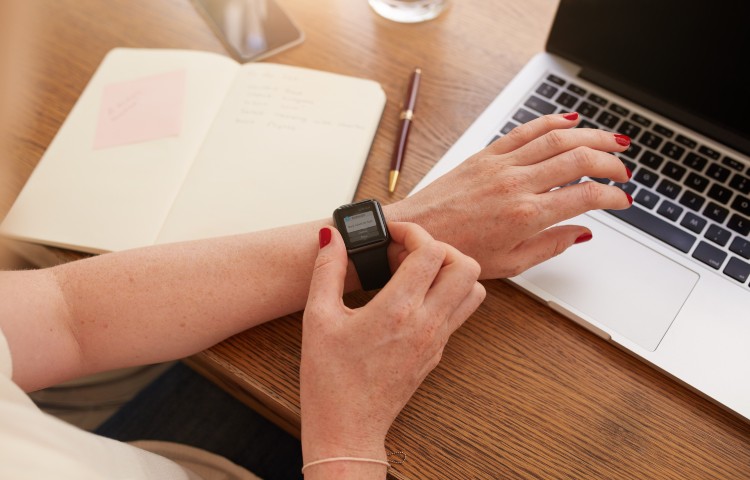

Prefer to listen instead? Here’s the podcast version of this article.
As the reopening phase continues to accelerate across the globe, people and businesses are entering the beginning of a new normal with social distancing, health, and safety moving to the forefront of technology. The adoption of emerging digital tools that can help promote social distancing guidelines and limit pandemic spread is increasing every day, so here are few that you should know about:
In cooperation with the CDC, many states require specific measures to be taken by businesses beginning to reopen their workplace. CompanyTRAK is one digital solution that is leading the way in contact tracing and social distancing technology.
CompanyTRAK’s solution would trace employee interaction within a building with the use of Bluetooth scanners and geofencing. Employees would receive notifications when they move within the 6-foot distance that the CDC recommends or if they’ve come into contact with someone who tested positive for COVID-19.
Another daily exercise that may become a new normal for workers across the United States is called Self-Declaration. This tool would allow companies to ask employees COVID-19 related questions daily (such as temperature) to help the employee understand if they’re prepared to go into the office or work from home.
Pending a patent, CompanyTRAK will help companies reach new regulation requirements that many states are now enforcing.
Another solution is utilizing sound and echoes to help promote social distancing guidelines. NOVID points out that Bluetooth and GPS technologies can provide inaccurate measurements at times, and their solution uses ultrasonic technology and a phone’s microphone to listen to inaudible sounds.
While some might worry about the potential privacy infringement with increased Bluetooth technology, location tracking, or voice recording, NOVID suggests their solution doesn’t record any audio in the human voice range.
Wearables are an existing technology that is finding another use to help with social distancing guidelines. Some applications, in particular, can monitor and alert people within six feet of each other in a workplace by equipping a wearable device. Estimote created a wearable device that works out of the box, keeps track of social distancing stats, is connected to a local and secure database, and can immediately report the health status of employees. The employer, meanwhile, has access to a contact tracing dashboard, tracking each device.
Also, Amazon recently announced a pilot in which they’ll be testing wearables that will send alerts to workers when they might violate rules that encourage social distancing in the warehouse. The wearable features a plastic sleeve, LED lights, and an audio system.
An area of concern for financial institutions is supporting customers with new technology that will provide for their current safety concerns when they’re in contact with their bank.
In a recent interview with ATM Marketplace, Simon Powley, head global advisor consultant for Diebold Nixdorf, echoed how customers feel right now: “You want your customers to be safe. You want to leverage devices that can be kept clean. You want to set up contactless transactions at an ATM or pre-stage them through a mobile phone.”
So what’s an example of the technology Simon Powley mentioned? The scenario of this type of contactless ATM transaction might include walking up to an ATM and being able to connect your phone’s banking app to the nearby ATM. In this scenario, you’d never have to touch the ATM to deposit checks or to take cash out.
Three Indian banks recently started testing contactless ATMs that featured QR codes for customers to access the ATM through their mobile devices. All PINs and cash amounts can be entered through a mobile banking application.
Another Indian company, TechMax Solution, has been working on a touchless elevator panel for any store, office, or residential buildings. The panel “buttons” are activated when pointed at from about half an inch’s distance. Also, the panel can be added next to current button layouts, so there’s no need for building managers to worry about switching out the technology in the elevator.
From social distancing guidelines monitored from mobile devices to never needing to use your hands on communal surfaces again, the adoption of existing technology is accelerating across the globe in several industries. With this movement comes the new priority of creating efficient solutions that promote the health and safety of the user. The new normal in technology was on its way already, but recent events have the adoption of this technology a necessity.
Learn more about what Quantilus has to offer here.
WEBINAR